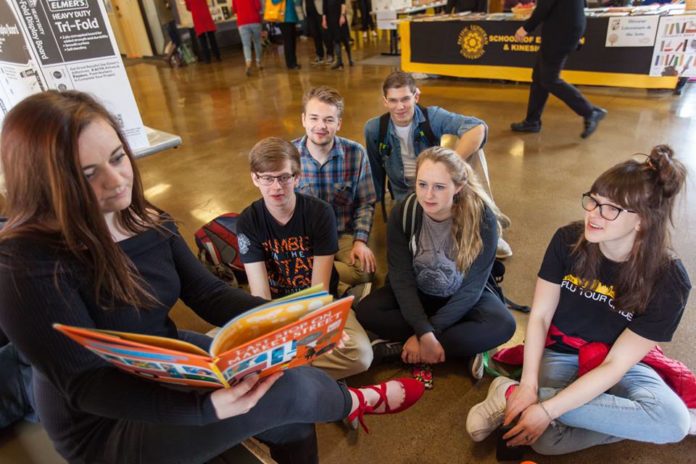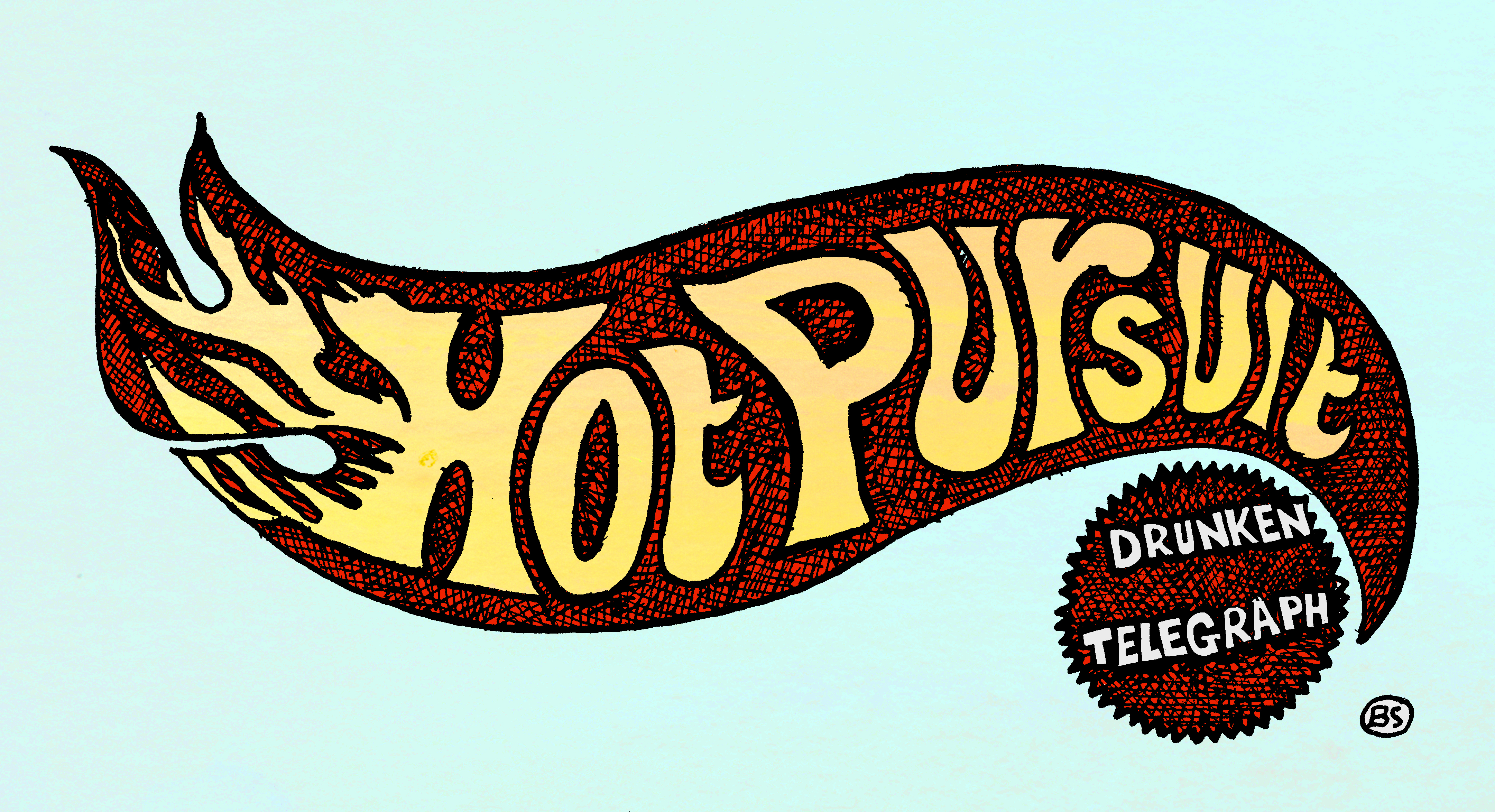
MACKENZIE KINTIGH; Culture Writer; kintigmf@plu.edu
Approaching the Anderson University Center’s grey area, a buzz fills the air in the small lobby. Several students walk around clutching books in their arms.
On the morning of May 2, the main lobby was filled with people listening to each student’s story and exploring a variety of stations.
I found myself sitting down and listening to one of these many children stories as well. I thought I was going to hear the typically children’s story with illustrations and a plotline of damsel in distress. However, I was very wrong.
The Children’s Book Week event, which took place in the Upper Grey Area earlier this month, included bean bag chairs, snacks and information about diverse children’s books. The event, which was sponsored by PLU’s Education Department, also incorporated the “We Need Diverse Books” movement.
Ellen Oh and Malinda Lo, two young adult authors who come from diverse backgrounds, started the movement in 2014 through Twitter. Their concern for the lack of diversity in children’s books led them to use social media as a way to talk about this issue, according to the We Need Diverse Books website.
The movement incorporates children’s books about topics of people of color, LGBTQ, Native Americans and people with disabilities. These books are to help young children who are part of marginalized groups feel accepted and properly represented.
“If you come from interracial parents and you don’t see any books about it, then they will not feel accepted,”said junior Jose Godoy, who read “Two Separate Homes” to me. Godoy, an elementary education major, believes that PLU wanted to host Children’s Book Week “because we promote diversity as a university.”
The story, written by an ex-wife and husband, show two children living in two different homes after their parents’ divorce.
“We, as teachers and community members, need to show children that everyone can be represented in literature because every child’s background is important,” junior Julie Anderson said, commenting on why more diverse books for kids are important.
Anderson, an elementary education major, read “And Tango Makes Three,” the true story of the mating pair of male penguins in the New York City Zoo. The two penguins, named Roy and Silo, were given an egg to parent together.
I never realized that an event like this exists. Being the daughter of a teacher and a person of color, the “We Need Diverse Books” movement had an impact on me even in just learning about the movement. When I was younger I never saw people like myself in books and that made it harder to see a brighter future.
Many of the schools I attended never offered these types of culturally diverse literature. I was not able to see people of color in the books that I would constantly pick up. There was even less diversity in the young adult books that I read throughout my teenage years.
Having diverse books helps children who are a part of diverse groups identify themselves in works of literature that they read daily. Culturally varied children’s literature gives young minds a chance to be curious and envision a brighter future.
















